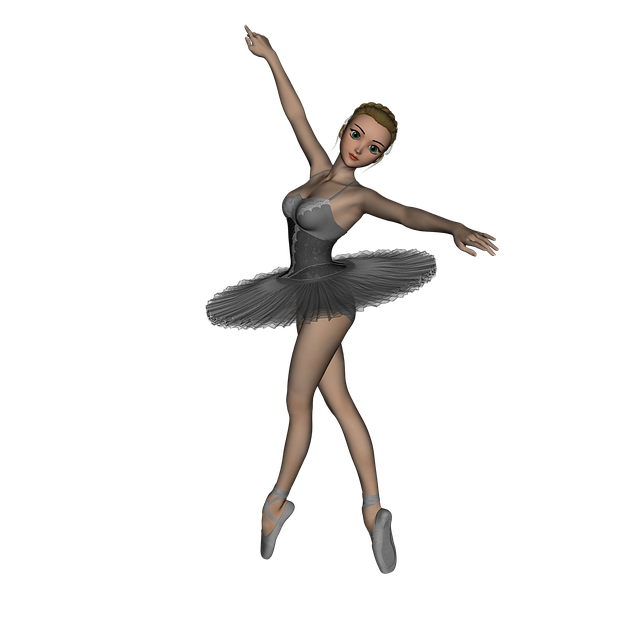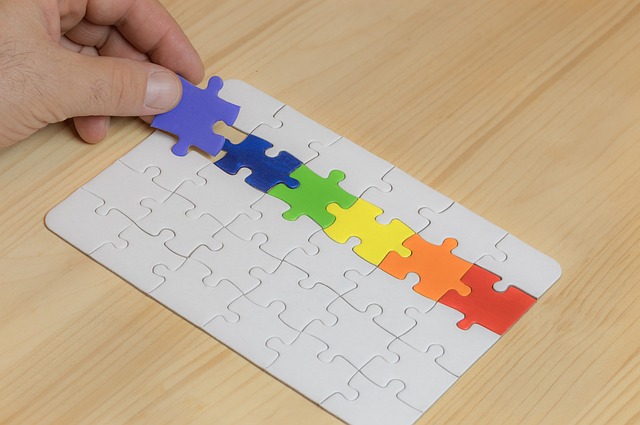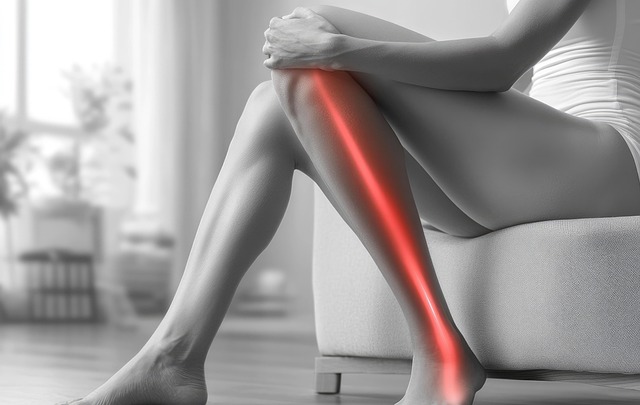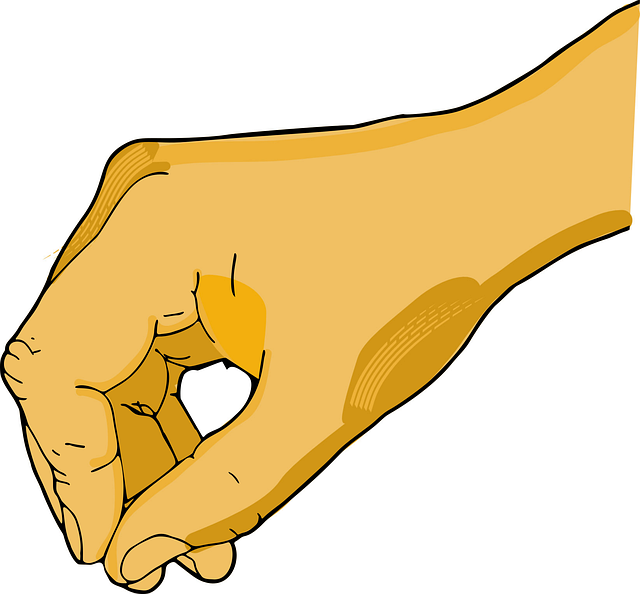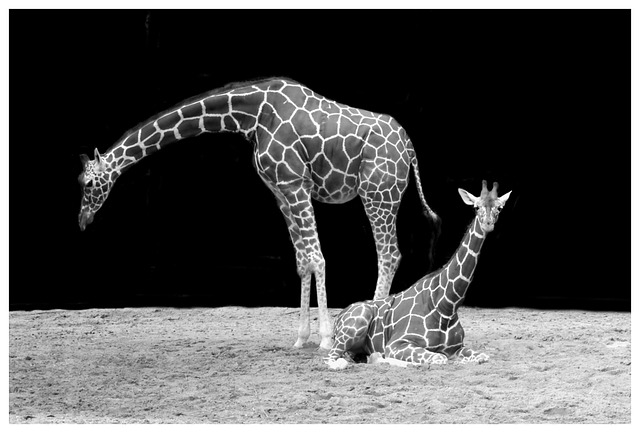Range of Motion (ROM) therapy is a key component of chiropractic rehabilitation for car crash injuries, offering both passive and active approaches. Passive ROM involves gentle joint manipulation by healthcare professionals to improve blood circulation and synovial fluid production, aiding healing and reducing pain. Active ROM encourages patient participation in controlled movements to strengthen supporting muscles, enhance flexibility, and prevent future injuries. Chiropractic care combines these methods to provide a tailored rehabilitation program, promoting optimal recovery and improved quality of life for car crash victims.
“After a car crash, understanding the right range of motion (ROM) therapy is crucial for rehabilitation. This article delves into two primary approaches: passive and active ROM treatments. Passive ROM therapy offers gentle techniques to improve flexibility and mobility, while active exercises engage muscles for strength recovery. Chiropractic professionals often recommend these methods post-injury. By combining both, patients can achieve optimal results in their car crash injury rehabilitation journey.”
- Understanding Passive ROM Therapy: Techniques and Benefits After a Car Crash
- Active Range of Motion Exercises: A Chiropractic Approach to Recovery
- Combining Passive and Active ROM Treatments for Optimal Car Crash Injury Rehabilitation
Understanding Passive ROM Therapy: Techniques and Benefits After a Car Crash

After a car crash, injuries can vary greatly in type and severity, often affecting mobility and causing pain. Passive Range of Motion (ROM) therapy is a crucial treatment approach within chiropractic care designed to alleviate such issues. This technique involves a healthcare professional gently moving a patient’s joints through their full range of motion without any active participation from the patient. It’s particularly beneficial for individuals who experience limited mobility or discomfort due to car crash injuries, as it can help restore joint function and reduce pain.
Passive ROM therapy employs various techniques tailored to specific areas affected by the crash. For instance, in treating neck injuries, a chiropractor might use gentle rotations and lateral movements. For lower back and hip issues, bending and extending exercises are common. These methods not only improve blood circulation around injured joints but also encourage the production of synovial fluid, which lubricates and nourishes these areas, expediting the healing process. By increasing range of motion, patients can regain mobility, reduce stiffness, and enhance their overall quality of life after a car crash.
Active Range of Motion Exercises: A Chiropractic Approach to Recovery

Active Range of Motion (ROM) exercises are a cornerstone of chiropractic rehabilitation, particularly following car crash injuries. This approach focuses on guiding patients through controlled movements to improve joint flexibility and mobility. Chiropractors design specific exercise routines tailored to individual needs, targeting affected areas like the spine, shoulders, or hips. By encouraging active participation, patients strengthen muscles that support joints, enhancing overall stability and reducing the risk of future injuries.
In the context of car crash injuries, active ROM therapy is instrumental in restoring proper joint function and alleviating pain. It helps to break down scar tissue that can form after an accident, promoting healing and range of motion improvements. Chiropractors monitor progress closely, adjusting exercises as needed to ensure safe and effective recovery. This proactive approach not only accelerates the healing process but also empowers patients with self-care strategies for long-term wellness.
Combining Passive and Active ROM Treatments for Optimal Car Crash Injury Rehabilitation

Combining Passive and Active ROM Treatments for Optimal Car Crash Injury Rehabilitation
After a car crash, individuals often suffer from various musculoskeletal injuries that can significantly impact their range of motion (ROM). Chiropractic care plays a pivotal role in car crash injury rehabilitation, offering both passive and active ROM treatments. Passive ROM therapy involves a healthcare professional moving the patient’s joints through their full range of motion without any effort from the patient. This technique helps improve flexibility, reduce muscle tension, and alleviate pain, especially for patients who may be experiencing limited mobility due to injuries like whiplash or joint sprains.
Active ROM treatment, on the other hand, encourages patients to actively participate in stretching and moving their joints. This approach strengthens muscles, increases endurance, and enhances overall functional ability. Combining both passive and active ROM treatments can lead to more comprehensive and effective rehabilitation for car crash injuries. Chiropractic professionals tailor these treatments to each patient’s specific needs, ensuring optimal recovery outcomes and improved quality of life.
In conclusion, both passive and active range of motion (ROM) therapies play pivotal roles in the rehabilitation process for individuals suffering from car crash injuries. Passive ROM techniques offer immediate relief and improved flexibility, while active exercises empower patients with strength and control. Integrating these two approaches allows for a comprehensive and effective treatment plan tailored to individual needs. Chiropractic professionals can significantly enhance recovery outcomes by combining passive and active ROM treatments, ensuring optimal restoration of mobility and function after car crash injuries.



